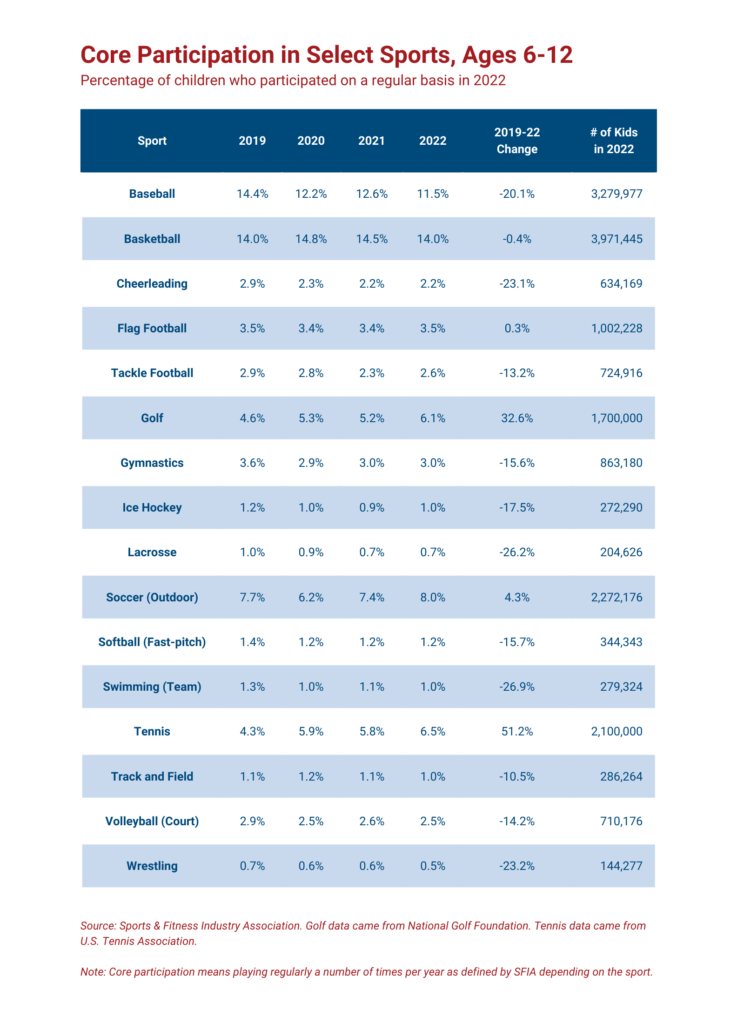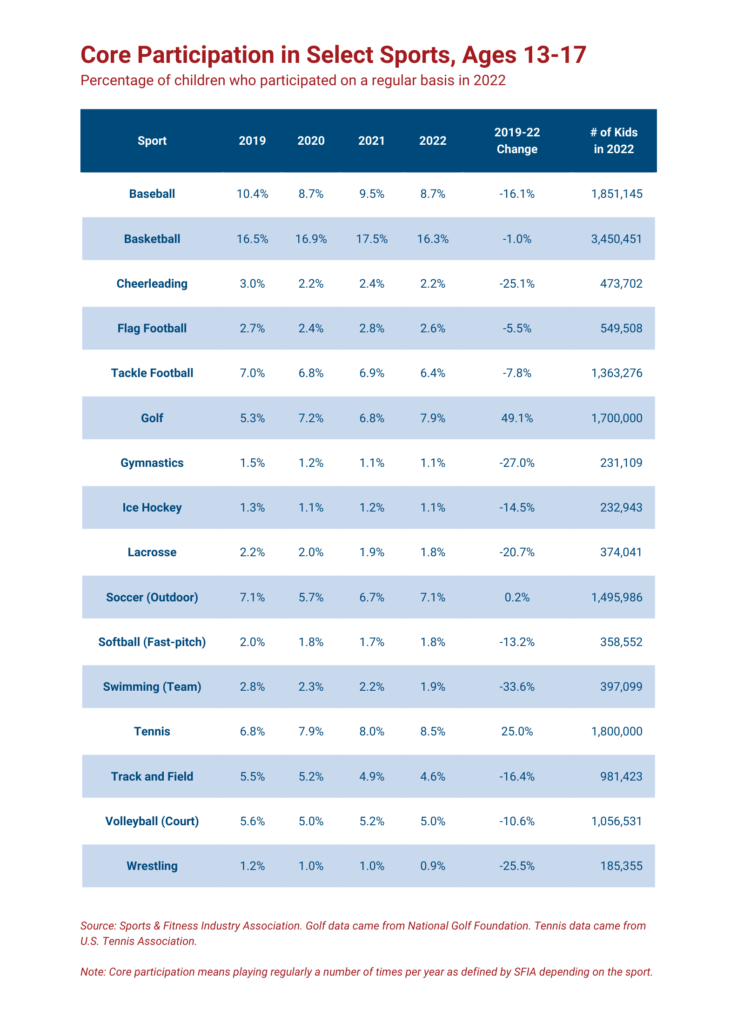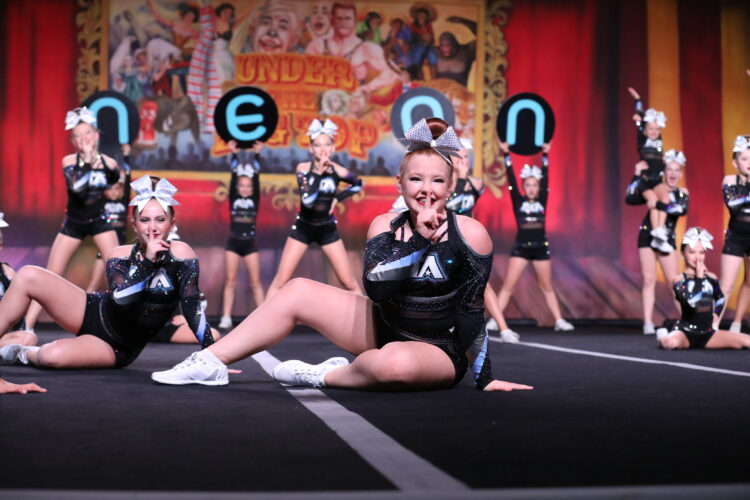The COVID-19 pandemic reshaped the landscape of youth sports. Families now value physical activity more than ever, yet participation trends have shifted dramatically. According to the Aspen Institute’s State of Play 2023 report, these changes are influencing all sports, including cheerleading. Let’s dive into how these trends are impacting our world and what cheerleading programs can do to stay ahead of the game.
Youth sports participation has seen a noticeable dip. The Aspen Institute reports a 6% decline in regular team sports participation among youth ages 6-17 from 2019 to 2022. This trend extends to cheerleading, with many programs observing a drop in consistent participation. The pandemic disrupted routines, pushing athletes to rethink their commitments. However, total interest in cheerleading remains steady, signaling a resilient passion for the sport.
Core team sports participation, meaning kids playing regularly, dropped by 1.2 million between 2019 and 2022, according to the Sports & Fitness Industry Association (SFIA). Cheerleading programs are now prioritizing re-engagement strategies. Think flexible practice schedules and hybrid training models. The goal? Keep our athletes excited and involved.
Here’s a bright spot: sports participation among girls is on the rise, even as it declines for boys. Cheerleading, a sport dominated by strong female athletes, is riding this wave. SFIA data shows that girls’ sports participation for ages 13-17 increased by three percentage points between 2019 and 2022. This trend is fantastic news for cheerleading, which continues to attract and inspire young women.

Programs are doubling down on this momentum by creating inclusive and supportive environments. Advocacy for equity and opportunities for girls is more critical than ever. From mentorship programs to leadership roles within teams, ensuring access to top-notch coaching can sustain and grow this positive trend.

The shift toward a pay-to-play model at younger ages is another big trend. Financial barriers are real, and cheerleading programs must adapt. Many are stepping up with scholarships and flexible payment plans to keep the sport accessible.
This trend means families are investing in sports earlier than ever, seeking the best opportunities for their children. The collision of recreational sports and sports tourism has driven this shift, with parents wanting the best for their kids’ skill development. Cheerleading programs must balance costs and ensure high-quality experiences for all athletes.
Free play and creativity are essential for keeping kids interested in sports. Basketball’s surge during the pandemic highlighted the value of unstructured play. Cheerleading programs are catching on, integrating more free play into their programs. This approach not only engages athletes but also deepens their love for the sport.
Allowing athletes to experiment and create their own daily routines is incredibly beneficial. It encourages creativity and self-expression, which are core elements of cheerleading. By incorporating free classes into training, programs can help athletes develop a stronger connection to cheerleading, making it more enjoyable and sustainable.
The Aspen Institute’s report also reveals regional disparities in sports participation. States like Massachusetts and Minnesota boast high participation rates, while others lag behind. Cheerleading programs in high-participation states can serve as models for others. Sharing best practices and resources can help lift cheerleading programs in states with lower participation rates.
Post-pandemic participation trends present both challenges and opportunities for cheerleading. By understanding these trends and adapting, cheerleading programs can continue to grow and thrive. Engaging with communities, offering flexible options, and encouraging creativity are key. Together, we can ensure the future of cheerleading remains bright and inclusive.
We want to hear from you! Share your thoughts on participation trends and their impact on cheerleading.

















